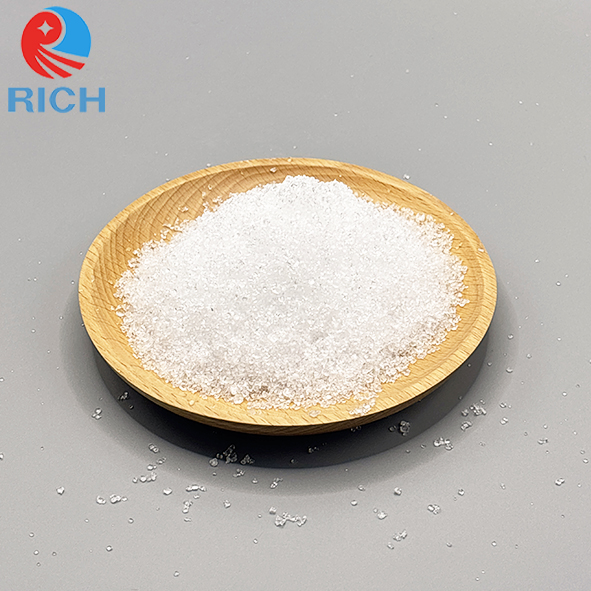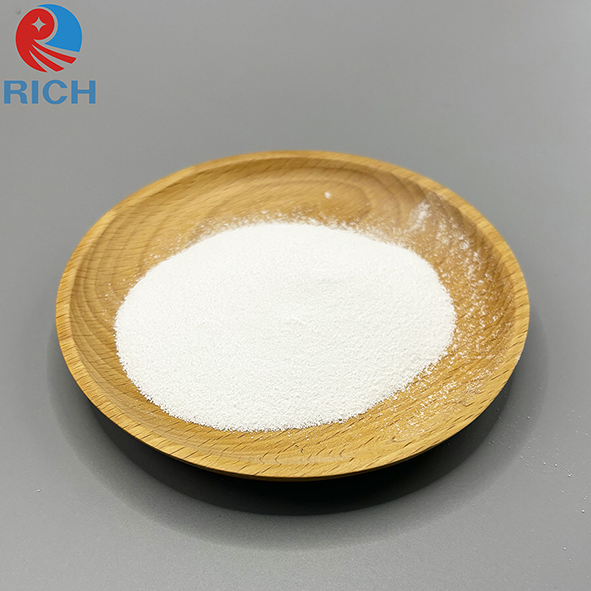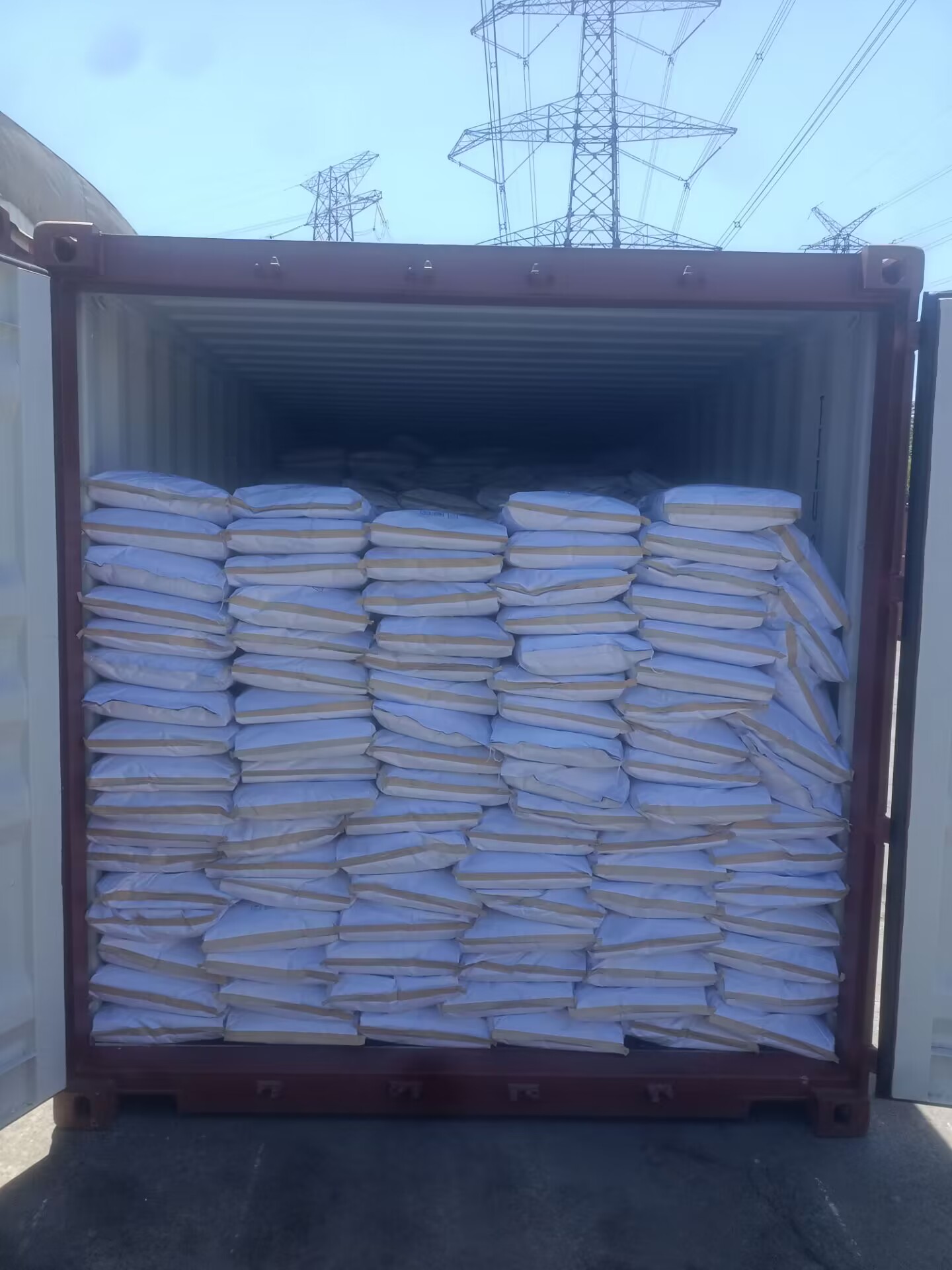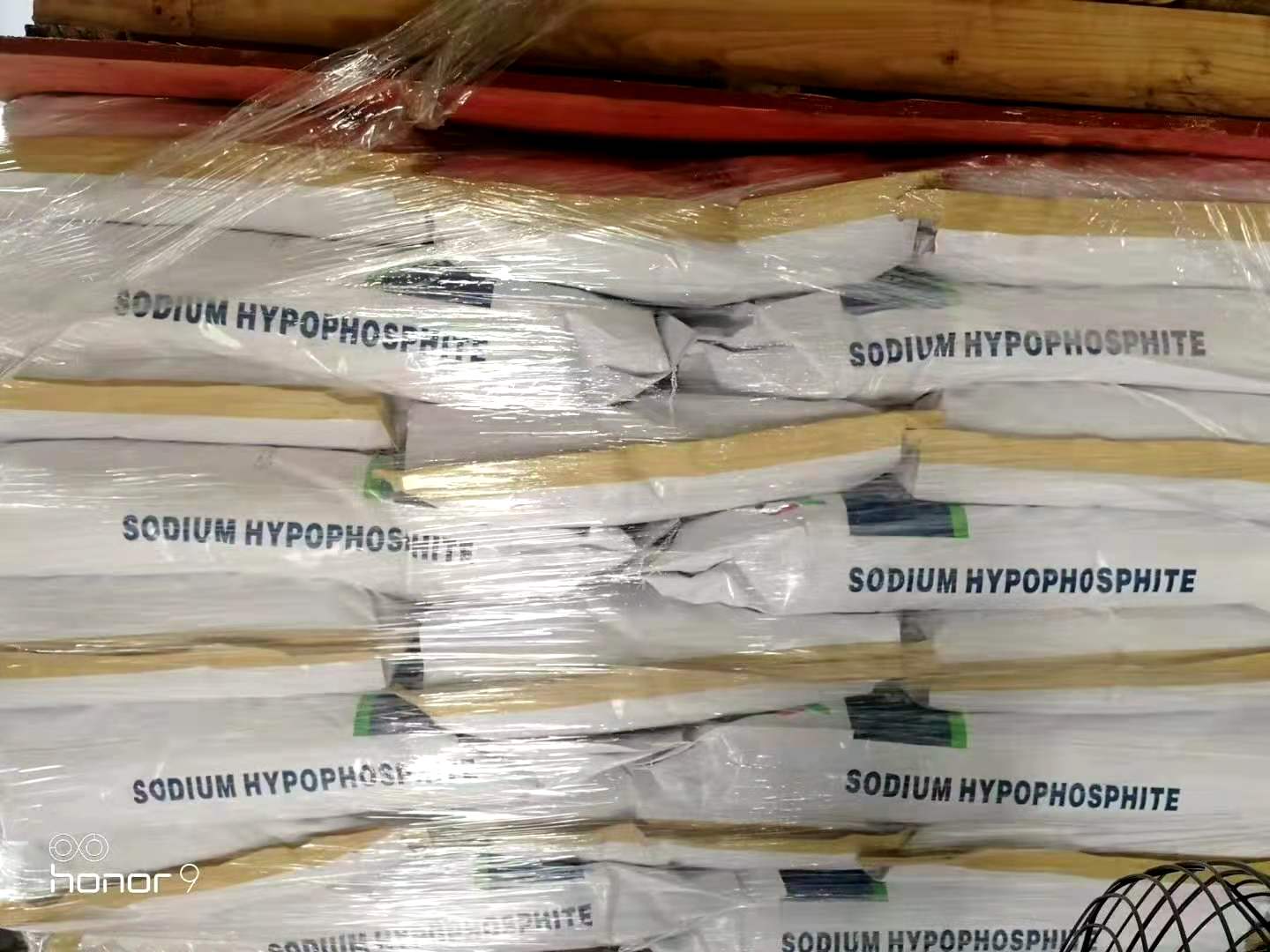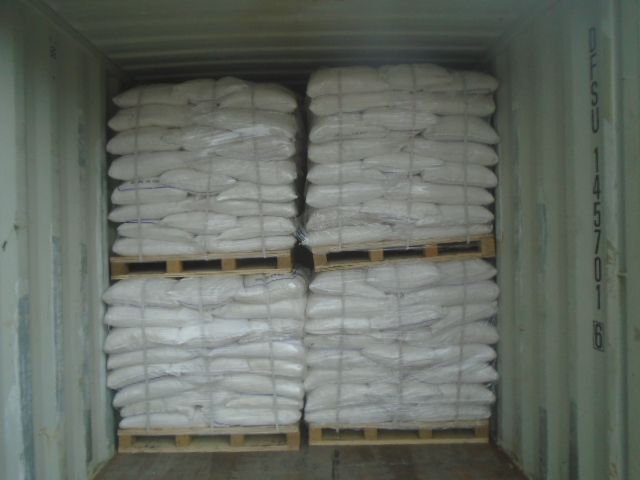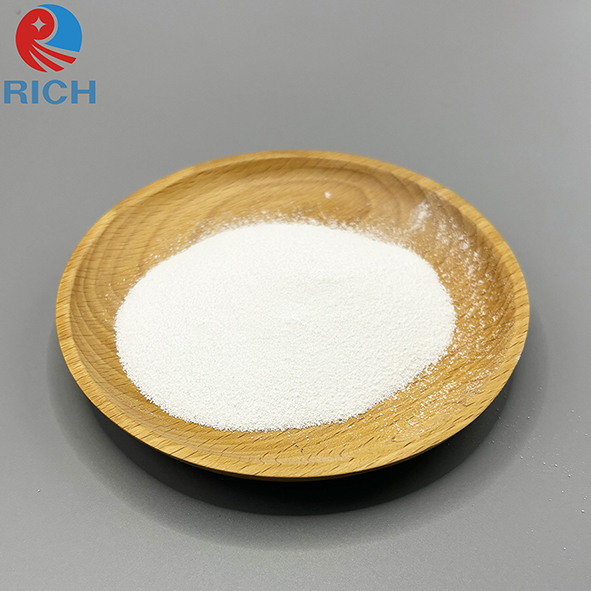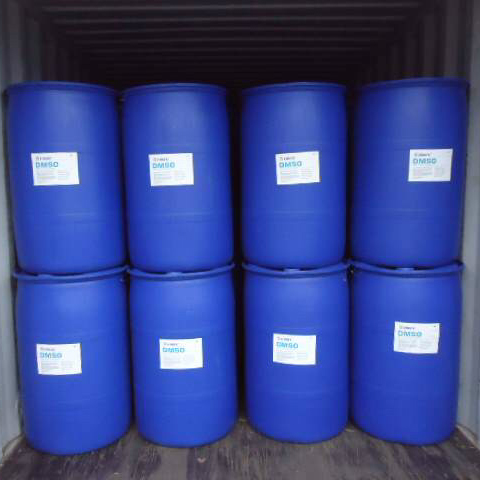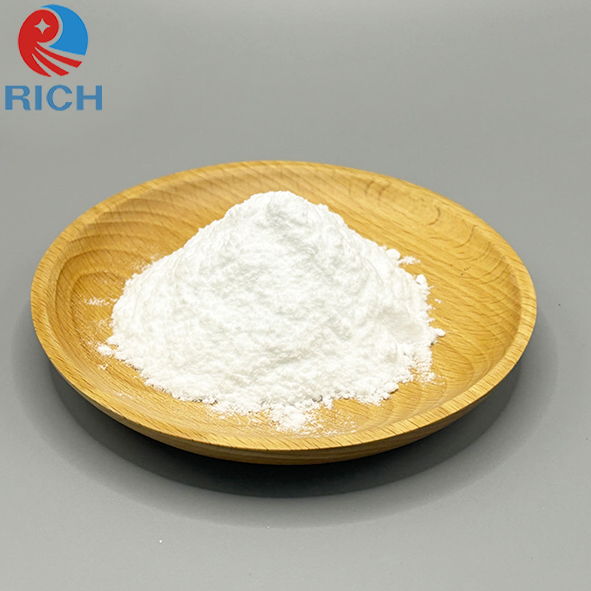Sodium Hypophosphite
Full name: Sodium Hypophosphite Monohydrate
Abbreviation: SHPP / HYPO
CAS: 10039-56-2
Formula: NaH2PO2•H2O
Introduction:
![]()
Sodium Hypophosphite, normally exists with Monohydrate, abbreviation is SHP/SHPP or HYPO. It is a key reducing agent used in electroless nickel plating, flame retardants, food industry, polymer, water-reducing in concrete and water treatment, ensuring high efficiency and reliability in industrial applications.
Specifications:
![]()
|
Item |
Index |
|
NaH2PO2·H2O,w/% |
102% |
|
(Na2HPO3)% |
≤0.2 |
|
pH value(10g/L 5% water solution) |
6.0-7.0 |
|
Sulfate(as SO4)% |
≤0.0030 |
|
Chloride(as Cl)% |
≤0.0030 |
|
Ca,mg/kg |
≤0.0025 |
|
Fe,mg/kg |
≤0.0001 |
|
Pb ,mg/kg |
≤1.0 |
|
Cr ,mg/kg |
≤0.1 |
|
As ,mg/kg |
≤1.0 |
|
Cd, ,mg/kg |
≤0.1 |
|
Zn ,mg/kg |
≤0.1 |
Features:
![]()
Sodium hypophosphite (NaPO2H2, also known as sodium phosphinate) is the sodium salt of hypophosphorous acid and is often encountered as the monohydrate, NaPO2H2·H2O. It is a solid at room temperature, appearing as odorless white crystals. It is soluble in water, and easily absorbs moisture from the air.
Package and Storage:
![]()
25kg/bag or 500kg/1000kg big bag. 20’ container loads 25mt max.
Well sealed, store in a shady ,dry, and ell-ventilated area, away from toxic and hazardous chemicals.
Applications:
Sodium Hypophosphite Monohydrate is a versatile chemical compound with a wide range of industrial applications due to its reducing properties, stability, and performance in various chemical processes. Below are its key applications in detail:
1. Electroless Nickel Plating
Sodium Hypophosphite Monohydrate is the primary reducing agent in electroless nickel plating (ENP). In this process, it facilitates the deposition of a uniform layer of nickel-phosphorus alloy on various substrates such as metals, plastics, and ceramics without the need for electrical current. This provides the following advantages:
- Corrosion Resistance: The nickel coating offers excellent protection against rust and corrosion, making it ideal for automotive, aerospace, and electronics industries.
- Wear Resistance: The plated layer significantly increases the hardness and durability of the surface, improving resistance to wear and friction.
- Uniform Coating: Unlike electroplating, electroless nickel plating produces a consistent thickness even on complex geometries, ensuring comprehensive surface protection.
2. Flame Retardants
Sodium Hypophosphite Monohydrate plays a critical role in the production of flame retardants. It is commonly used in polymers such as polyurethanes, textiles, and plastics to enhance fire resistance. Key benefits include:
- Improved Fire Safety: When incorporated into materials, it reduces the risk of fire by slowing down or inhibiting combustion.
- Thermal Stability: It helps maintain the structural integrity of materials at high temperatures, making it valuable in industries such as construction, textiles, and automotive manufacturing.
- Eco-Friendly: Compared to some traditional flame retardants, sodium hypophosphite monohydrate offers a more environmentally friendly alternative due to its lower toxicity.
3. Water Treatment
Sodium Hypophosphite Monohydrate is also used in various water treatment processes due to its ability to prevent corrosion and reduce the presence of metal ions in water. Some key applications include:
- Corrosion Inhibitor: It helps protect metal surfaces, such as pipelines, from corrosion in industrial water systems.
- Precipitation Agent: Sodium Hypophosphite can react with certain metal ions, aiding in their removal from water systems, thus purifying and improving water quality.
- Scale Control: In combination with other agents, it prevents the formation of scale, prolonging the life and efficiency of industrial equipment such as boilers and heat exchangers.
4. Chemical Synthesis
In chemical manufacturing, sodium hypophosphite monohydrate acts as a reducing agent and catalyst in a variety of chemical reactions. It is particularly valuable in:
- Reduction Reactions: It reduces metal salts, such as nickel, copper, and cobalt, into their metallic forms, which are used in various applications, including catalysts and conductive coatings.
- Polymerization Catalyst: Sodium hypophosphite is used as a catalyst in the polymerization of certain materials, improving the speed and efficiency of the reaction.
5. Medical Applications
Though its industrial applications are more prominent, sodium hypophosphite monohydrate is also explored for potential use in the medical field. Some ongoing research and applications include:
- Pharmaceutical Synthesis: It can act as an intermediate or catalyst in the synthesis of certain pharmaceutical compounds.
- Bone Health: Sodium hypophosphite derivatives are sometimes used in formulations aimed at improving bone health, though this is less common than its industrial uses.
6. Textile Industry
Sodium Hypophosphite Monohydrate is used in the textile industry for processes such as dyeing and finishing. In particular, it acts as a flame retardant for textiles, enhancing the safety and longevity of fabrics. It is especially useful for:
- Protective Clothing: Fabrics treated with sodium hypophosphite are used to produce protective clothing for workers in high-temperature environments.
- Home Textiles: Used in curtains, carpets, and furniture upholstery to enhance fire resistance.
7. Other Applications
- Polymer Industry: It is used to modify and improve the properties of certain polymers, such as polyethylene and polypropylene.
- Electronics Manufacturing: The compound is used in printed circuit boards (PCBs) and other electronic components for coatings that protect against corrosion and wear.
- Agriculture: Sodium hypophosphite derivatives have been used as plant growth stimulants or in fertilizers.
Conclusion
Sodium Hypophosphite Monohydrate is a vital component in a wide range of industries, from metal finishing and water treatment to flame retardancy and chemical synthesis. Its unique reducing properties, along with its stability and ease of use, make it a valuable chemical in both industrial and emerging applications.
Frequently Asked Questions (FAQ)
Q:How can I get in touch with RICH Group?
A: You can always reach us by email info@shrichgroup.com or Telephone +86 21 69130116.
Q: Can I get free samples?
A: Yes, free sample is available for less than 1KG.
Q: What’s your payment terms?
A: T/T, L/C, D/P are acceptable, long time credit is also negotiable.
Q: What’s the shipping lead time?
A: For Non-DG goods, it’s normally 10-14 days; For DG, it’s 12-21 days depends on it requires commodity inspection before shipment or not.
Q: What’s your MOQ?
A: MOQ is 1mt and we can combine different chemicals into one container to ship together.
Q: Can you do customized package?
A: Yes, we can do customized package and labels.

